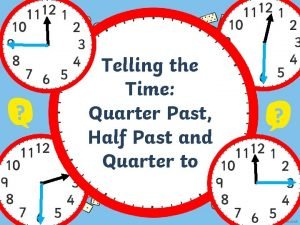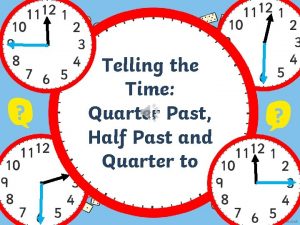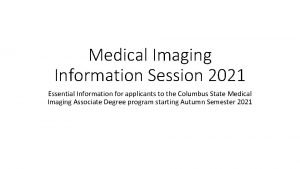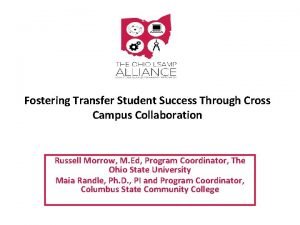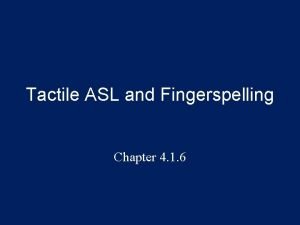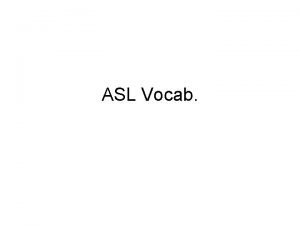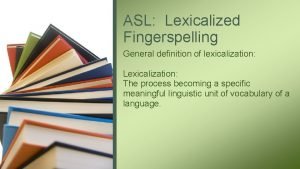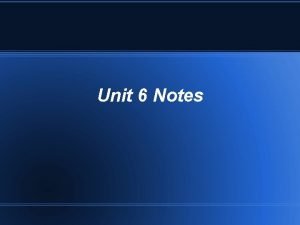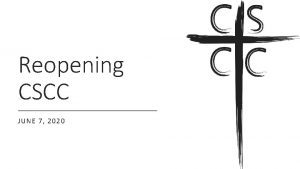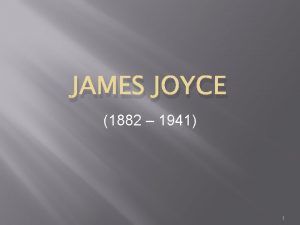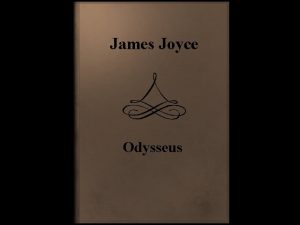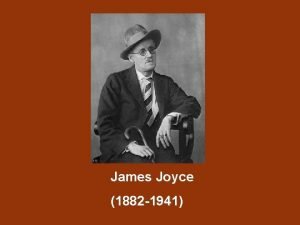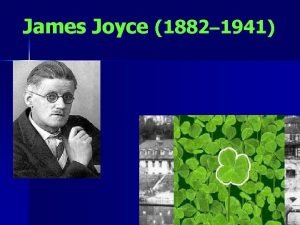Fingerspelling Intro Joyce Groode notes CSCC Summer Quarter














- Slides: 14

Fingerspelling -Intro -Joyce Groode notes CSCC Summer Quarter 2008 Lori Trent

Introduction o Fingerspelling does not have to be hard work! With practice and dedication fingerspelling proficiency will develop. Time and commitment are necessary to develop your receptive and expressive fingerspelling skills. Typically one will come before the other. It is said that fingerspelling is often the first thing learned when acquiring ASL, but the last thing mastered. In this lesson strategies for improving fingerspelling will be discussed.

When Do I Fingerspell? 1) Proper nouns (names of people, cities/states, etc. ) 2) Titles of movies or books 3) Brand names 4) Loan signs **"Fingerspelled loan signs" are two-to-five letter, commonly used words that have their own unique patterns of movement. These movement patterns are different from ordinary fingerspelling in that the words have become ASL signs rather than fingerspelled words. Some of these you may already know: OK, bus, apt.

Joyce Groode o The 3 C’s of fingerspelling p Configuration p Closure p Context

Configuration Understanding a fingerspelled word by shape. Focus on seeing the word as a whole unit. A. Shape-

B. Shape Change-The more shape change there is in the word, the easier it is to read. Focus on seeing the word as a whole unit. For example, there's lots of shape change in the fingerspelled word LAWYER. It will be easier to read compared to the fingerspelled word SEAT, which does not have much shape change.

C. Speed- Look at the whole word as a unit and you don’t need to see every letter to get the meaning.

Closure o Understanding a fingerspelled word by filling in the missing letters. We use our knowledge of the English language to fill in the blanks. An example of this is, if a person fingerspelled a word to you and you only caught the letters--elphnt, by using your knowledge of the English language you could make closure and fill in the missing letters, thus understanding the word "elephant". We do this all the time when we read misspelled English words. Our brain makes closure automatically. We tend to panic when we don't catch every letter, but every letter is really not necessary. Read the whole word as a unit, just as you read a printed word.

Context o Understanding a fingerspelled word by using conversational clues. When you see a fingerspelled word always keep in mind the topic of conversation. This is what I call active fingerspelling. So, back to the earlier example, if someone was signing about their visit to the zoo, and you saw the fingerspelled word--elphnt, you could use the conversational clue of a visit to the zoo to help you make closure and figure out the word.

Other strategies, Joyce Groode continued.

o The quick brown fox jumped over the lazy dogs.



Resources o http: //www. ltcconline. net/ASLLT/scfinger spelling. htm o http: //www. spellingsociety. org/journals/j 2 /knowles 1. php
 Quarter past in time
Quarter past in time Quarter past 7
Quarter past 7 Cscc
Cscc Ohiohealth berger hospital mammography circleville
Ohiohealth berger hospital mammography circleville Cscc hesi
Cscc hesi Columbus state community college nursing program
Columbus state community college nursing program Osu lsamp
Osu lsamp Cscc starfish
Cscc starfish Asl inside fingerspelling answers
Asl inside fingerspelling answers Tactile fingerspelling
Tactile fingerspelling What are the 3 c's of fingerspelling
What are the 3 c's of fingerspelling Fingerspelling drills
Fingerspelling drills Examples of lexicalized fingerspelling
Examples of lexicalized fingerspelling Facteur g
Facteur g Joyce haisma
Joyce haisma
